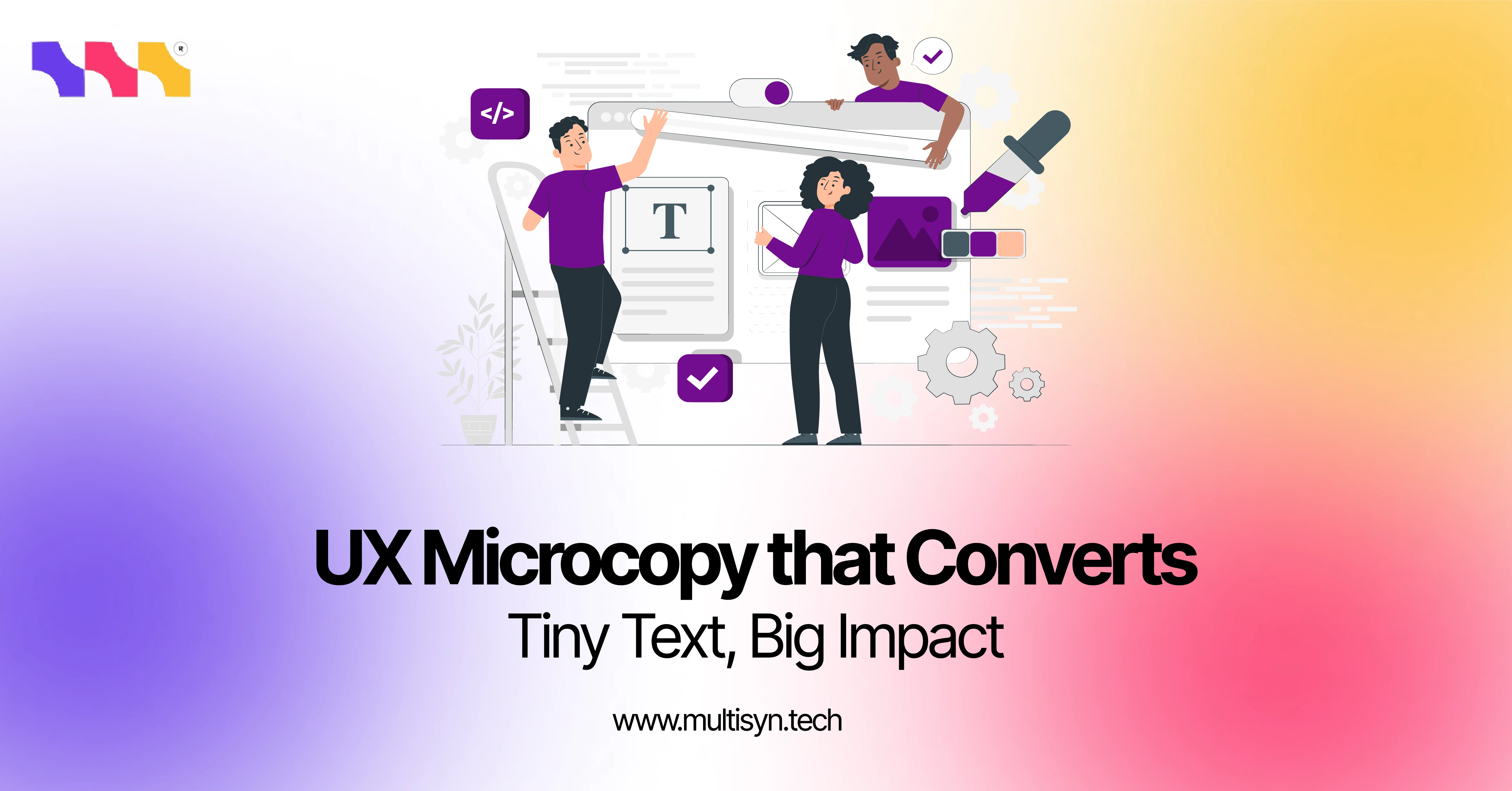APIs (Application Programming Interfaces) allow different software applications to communicate with each other and APIs are at the heart of modern software development. When choosing API architecture, the two most common options are REST and GraphQL and both have their features so if you found it difficult to choose one of them then this blog is for you. In this article, we will compare REST and GraphQL to make it easier for you to make an informed choice for your next project.
Core concepts of REST and GraphQL
What is REST?
REST is an architectural style that is specialized for designing networked applications, especially web services. It heavily relies on a stateless communication model where each request from a client to a server contains all the necessary information that is significant to process the request. Restful APIs use standard HTTP methods like:
● GET: Retrieves data from a server (e.g., fetch user details).
● POST: Submits new data to a server (e.g., create a new user).
● PUT Updates existing data on a server (e.g., modify user information).
● DELETE: Removes data from a server (e.g., delete a user).
GET, POST, PUT, and DELETE are significant to perform operations on resources, which are identified by URLs.
Key Features of REST:
● It is stateless means each request is independent and the server doesn't store any session data.
● It has a uniform interface means the resources are accessed via standard HTTP methods.
● It is resource-oriented means each URLs represent resources and each action corresponds to a method (GET for fetching, POST for creating, etc.).
● It is widely adopted because it has a vast ecosystem of tools and libraries.
● It is cacheable, meaning responses can be stored locally to reduce repeated requests and improve performance.
What is GraphQL?
GraphQL is a query language for API and it is significant to provide a more flexible alternative to REST. It uses a single endpoint instead of relying on multiple endpoints like REST, and GraphQL. It allows their clients to specify exactly the data they need in a query and it is also influential to minimize over-fetching or under-fetching of data.
Key Features of GraphQL:
● One of the best features is that it has a single endpoint means all queries go through one endpoint.
● Clients can ask for exactly what they need so it is significant to reduce unnecessary data.
● GraphQL APIs are built around a strongly typed schema that defines how data is structured and queried.
● It is significant to handle real-time data via subscriptions.
● APIs can evolve without requiring new versions.
When to Choose REST?
Choose REST if:
● Your project requires simplicity.
● You are building a small application with well-defined endpoints.
● Your team is already familiar with RESTful architecture.
● Real-time updates or highly complex queries are not necessary.
When to Choose GraphQL?
Choose GraphQL if:
● You need flexibility in your API and anticipate changes in data needs over time.
● Performance optimization is a priority, especially for mobile applications or complex UIs.
● You are building a real-time application where instant updates are crucial.
● You want to minimize the number of API requests and avoid over-fetching or under-fetching data.
Conclusion
REST and GraphQL both have their features REST is the perfect choice for simpler, well-structured applications and in contrast, GraphQL is ideal for more complex. Ultimately, your decision should be based on the specific requirements of your project but still you are not sure which one is perfect for you then Multisyn is the perfect choice for you. Here we and our teams of experts are up to help you to choose the perfect one based on the requirements of your project.







